Thermaltake’s GF3 line is PCIe Gen 5.0 and ATX 3.0 ready. Its smaller member, with 750W max power, is equipped with a 12+4 pin PCIe connector, able to deliver up to 300W of continuous load. The platform is by Channel Well Technology, an OEM with long experience in PSU manufacturing, and the long, ten-year warranty is a clear indication that it is reliable.
Thermaltake has a significant presence in the PSU market, with many interesting products. Recently it introduced the GF3 line, which lists six ATX v3.0 and PCIe 5.0 ready PSUs. I have all of them, and I plan to review them in the following weeks and months, along with many other products. I will start my venture in TT’s GF3 line with the smallest member, having “only” 750W max power and a 300W 12VHPWR connector. This PSU is not enough if you plan on investing in an NVIDIA RTX 4090, but it won’t have a problem, most likely, powering up an RTX 4080. NVIDIA stated there is no need for ATX 3.0 and PCIe 5.0 ready PSUs for the RTX 4000 series. Still, you will need capable PSUs, especially if you plan on exploiting their overclocking capabilities.
The GF3 750 is rated Gold by Cybenetics and 80 PLUS, and it also has a Cybenetics A- rating, meaning that its average noise output is within 25-30 dBA at normal operating temperatures (28-32°C). With a less restrictive fan grille, noise could be even lower, given the PSU’s efficiency and normal dimensions (usually, downsized PSUs are noisier).
Thermaltake Cybenetics Reports Thermaltake GF3 750 Cybenetics Report
- Manufacturer (OEM): CWT
- Max Power: 750W
- Cybenetics Efficiency: [115V] Gold (87-89%)
- 80 Plus Efficiency: Gold
- Noise: Cybenetics A- (25 – 30 dBA)
- Compliance: ATX12V v3.0
- Alternative Low Power Mode support: Yes
- Power 12V: 750W
- Power 5V + 3.3v: 120W
- Power 5VSB: 15W
- Cooling: 135 mm Fluid Dynamic Bearing Fan (HA13525H12SF-Z)
- Semi-Passive Operation: Yes (Selectable)
- Modular Design: Yes (Fully)
- High Power Connectors: 2x EPS (2x cables), 4x PCIe 6+2 pin (2x cables), 1x PCIe 12+4 (300W)
- Peripheral Connectors: 8x SATA (3x cables), 4x 4-pin Molex (single cable)
- ATX/EPS Cable Length: 600/700mm
- Distance between SATA/4-pin Molex connectors: 150mm
- In-cable capacitors: No
- Dimensions (W x H x D): 150 mm x 85 mm x 160 mm
- Weight: 1.59 kg (3.51 lb)
- Warranty: 10 years
Product Photos
The PSU has standard dimensions and the typical TT exterior design, with a highly restricted fan grille. On the exhaust side beside the AC receptacle and the power switch, we also find a smaller switch for toggling on/off the PSU’s semi-passive operation. It is always useful to be able to deselect the semi-passive function in case you want to install the PSU with its fan facing downward or sideways.
Cables
There are enough cables and connectors to support its maximum power. All cables are long and use the recommended gauges. The lack of in-cable caps is good news, and the distance between all peripheral connectors is adequate. Lastly, the single 12VHPWR connector can deliver up to 300W sustained on paper, but its sense pins are grounded, so it is unlocked for up to 600W.
Protection Features
|
OCP (Cold @ 23°C) |
12V: 79.4A (127.04%), 11.968V |
|
OCP (Hot @ 41°C) |
12V: 79.4A (127.04%), 11.988V |
|
OPP (Cold @ 24°C) |
936.51W (124.87%) |
|
OPP (Hot @ 42°C) |
952.53W (127%) |
|
OTP |
✓ (126°C @ 12V Heat Sink) |
|
SCP |
12V to Earth: ✓ |
|
PWR_OK |
Proper Operation |
|
NLO |
✓ |
|
SIP |
Surge: MOV |
OCP is correctly set on all rails, but 3.3V, where it could be below 130%. The over power protection is also conservatively set, not allowing the PSU to get stressed too much.
Part Analysis
| General Data | – |
| Manufacturer (OEM) | CWT |
| Platform | CSZ |
| PCB Type | Double-Sided |
| Primary Side | – |
| Transient Filter | 4x Y caps, 2x X caps, 2x CM chokes, 1x MOV |
| Inrush Protection | 1x NTC Thermistor SCK-075 (7 Ohm) & Relay |
| Bridge Rectifier(s) |
2x GBU806 (600V, 8A @ 100°C)
|
| APFC MOSFETs |
2x On Semiconductor FCP190N60E (600V, 13.1A @ 100°C, Rds(on): 0.19Ohm)
|
| APFC Boost Diode |
1x On Semiconductor FFSP0665A (650V, 6A @ 153°C)
|
| Bulk Cap(s) |
1x Rubycon (420V, 680uF, 2,000h @ 105°C, MXE)
|
| Main Switchers |
2x Infineon IPA60R190P6 (600V, 12.7A @ 100°C, Rds(on): 0.19Ohm)
|
| APFC Controller |
Champion CM6500UNX & CM03X
|
| Resonant Controller | Champion CU6901VAC |
| Topology |
Primary side: APFC, Half-Bridge & LLC converter
Secondary side: Synchronous Rectification & DC-DC converters |
| Secondary Side | – |
| +12V MOSFETs | 4x International Rectifier IRFH7004PbF (40V, 164A @ 100°C, Rds(on): 1.4mOhm) |
| 5V & 3.3V | DC-DC Converters: 2x UBIQ QN3107M6N (30V, 70A @ 100°C, Rds(on): 2.6mOhm) & 2x UBIQ QM3054M6 (30V, 61A @ 100°C, Rds(on): 4.8mOhm) PWM Controller(s): uPI-Semi uP3861P |
| Filtering Capacitors | Electrolytic: 2x Nichicon (2-5,000h @ 105°C, HD), 6x Nichicon (4-10,000h @ 105°C, HE), 1x Rubycon (2-10,000h @ 105°C, YXF), 1x Nippon Chemi-Con (4-10,000h @ 105°C, KY), 1x Nippon Chemi-Con (4-10,000h @ 105°C, KYA) Polymer: 8x Elite, 6x APAQ, 8x CapXon, 4x NIC |
| Supervisor IC | Weltrend WT7502R |
| Fan Controller | Microchip PIC16F1503 |
| Fan Model | Hong Hua HA13525H12SF-Z (135mm, 12V, 0.5A, Fluid Dynamic Bearing Fan) |
| 5VSB Circuit | – |
| Rectifier |
1x PS1045L SBR (45V, 10A)
|
| Standby PWM Controller | On-Bright OB2365T |
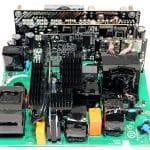

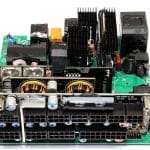
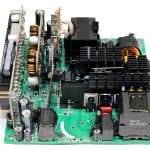

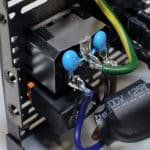
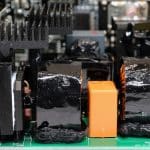

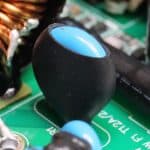

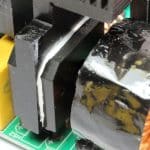
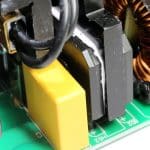
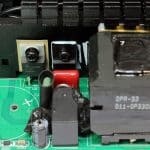

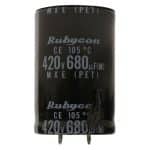
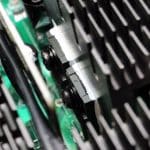
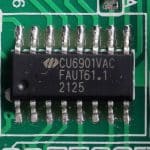
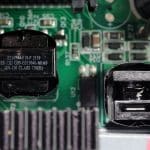
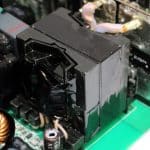
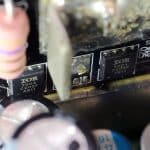
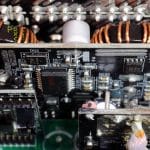


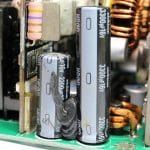
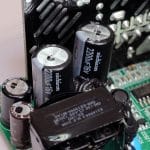
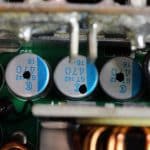
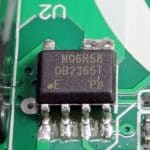
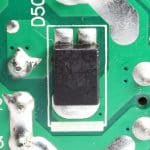
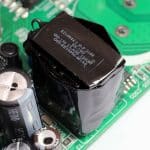
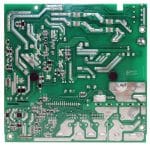
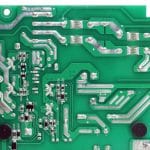

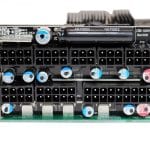
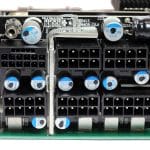
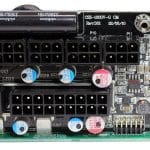

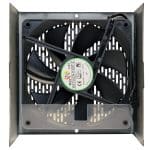
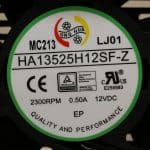
The OEM is Channel Well Technology for all GF3 units but the 1350W and 1650W models, which use High Power platforms. The CWT CSZ platform uses a contemporary design, and the parts in the GF3 750 are of high quality. Japanese manufacturers provide all electrolytic caps. CWT also used some Taiwanese and Chinese manufacturers for the polymer caps, but these caps are tolerant to high operating temperatures. The soldering quality is good, and the large PCB looks empty since 750W max power is not that high. The underpopulated PCB allows for good airflow, and noise output can be minimized with the proper fan speed profile. Moreover, the heatsinks are not that large for a PSU featuring a semi-passive mode, but the platform’s efficiency restricts energy losses.
Load Regulation
Load regulation is tight enough on all rails.
Ripple Suppression
Ripple suppression is excellent!
Transient Response
It is challenging for 750W PSUs to achieve within 1% transient response at 12V, but I can always hope! This PSU has a “good” 3.3V rail, achieving the second-best transient response performance in my charts.
Transient Response ATX12V v3.0
I conducted the following tests to check if the PSU passes all power excursion tests that the ATX v3.0 spec defines.
| Duty Cycle | Time for Power Excursion (Te) | Time Constant (Tc) | Power @ Te | Power @ Tc |
| 5% | 100μs | 1900μs | 1500W | 688.2W |
| 8% | 1ms | 11.5ms | 1350W | 673.0W |
| 12.5% | 10ms | 70ms | 1200W | 661.2W |
| 25% | 100ms | 300ms | 900W | 692.8W |
The PSU passes all corresponding transient response tests with the extra capacitance mentioned in the ATX v3.0 spec.
Hold Up Time
The hold-up time is long, and the power ok signal is accurate.
Timings
The PSU supports Alternative Low Power Modes.
Inrush Current
Inrush current is low with 115V input.
Efficiency Normal, Light & Super-Light Loads
The platform is highly efficient with light and super-light loads, but there is room for improvement with normal loads.
Average Efficiency 5VSB
The 5VSB rail is efficient.
Vampire Power
Vampire power is low.
Average Efficiency
The average efficiency could be higher.
Average PF
The APFC converter does a good job with 115V input.
Average Noise
The average noise output is low, notably lower than the similar capacity GF2 ARGB unit.
Fan Noise & Speed Maps @ 28-32 °C
The semi-passive operation doesn’t last long under the conditions I applied during this test, despite the normal operating temperatures. Nevertheless, the PSU’s noise is kept below 10 dBA with up to 400W loads. The 30 dBA mark is passed with more than 580W, and the PSU enters the 35-40 dBA zone with more than 725W.
Overall Performance
The GF3 achieves higher overall performance than the High Power made GF2 ARGB model and is much closer now to the tough competition by Corsair, Cooler Master, and be quiet!
Epilogue
The new Thermaltake Toughpower GF3 line is ATX 3.0 and PCIe 5.0 ready, so it won’t have a problem with any upcoming GPUs as long as you select the appropriate PSU with enough power to support it. Although NVIDIA clarified that the RTX 4000 won’t require ATX 3.0 and PCIe 5.0 PSUs to operate correctly, the wisest thing is to invest in a future-proof power supply that will keep you company for several GPU generations.
The GF3 750 comes with a single 12VHPWR connector, which on paper can deliver up to 300W. It is also marked as a 300W connector, as the Intel ATX v3.0 spec requires. Nonetheless, both of its sense pins are grounded, meaning that the 12VHPWR connector informs the graphics card that it can deliver up to 600W, although this is not the case. Due to NVIDIA’s clarification about the compatibility with older generation PSUs on the new Ada Lovelace GPUs, most brands rushed to deliver 600W 12VHPWR cables to their PSUs, regardless of capacity ignoring the ATX v3.0 guidelines. This is not the right thing to do, of course, because if you connect an RTX 4090 to the GF3 750, it will inform the card that it can deliver up to 600W, which can lead to the PSU’s shut down if you also have a strong CPU installed. From a manufacturing perspective, I know it isn’t easy to have different 12VHPWR cables in your portfolio, but brands should eventually adapt to this new reality.
Buy Corsair RM750x Buy EVGA 750 G7 Buy Seasonic GX-750 Buy Cooler Master V750 Gold V2
- Full power at 47°C
- Good overall performance
- High build quality
- Properly set OCP at 12V and 5V, and OPP
- Passed all ATX 3.0 transient response tests
- Single 12VHPWR connector
- Quiet operation
- Low ripple
- Highly efficient at light and super-light loads
- Long hold-up time
- Low inrush current with 115V
- Good performing APFC converter with 115V
- ALPM support
- FDB fan
- Adequate amount of connectors installed on long cables
- Fully modular
- Low vampire power
- 10-year warranty
- High OCP at 3.3V
- Efficiency with normal loads could be higher
- The 12VHPWR connector allows for up to 600W, which is too much for this PSU
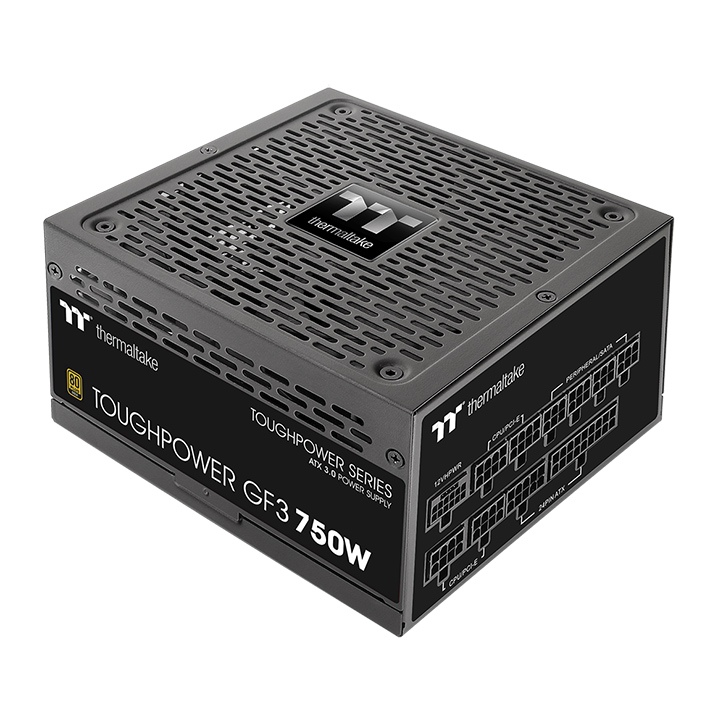
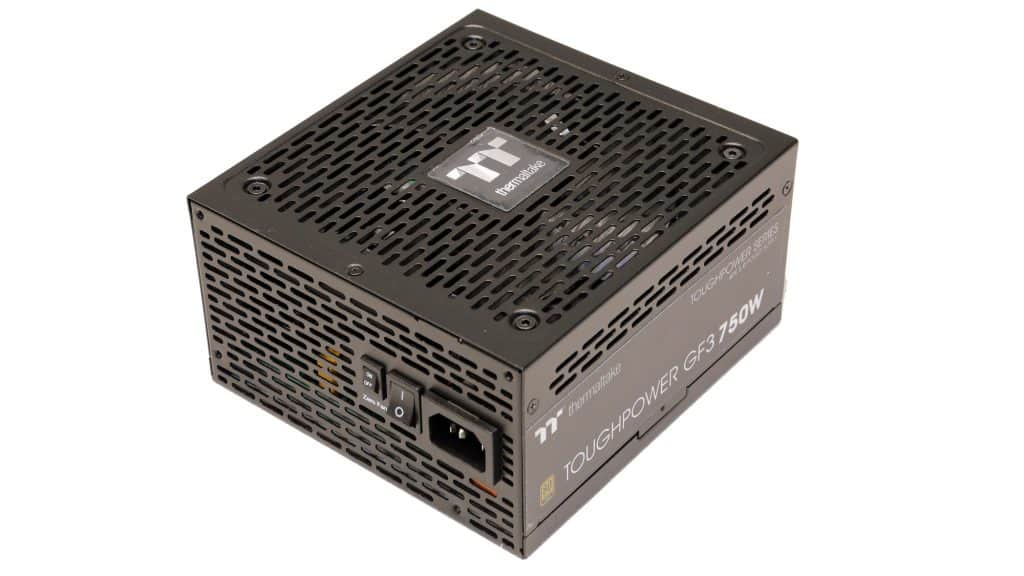
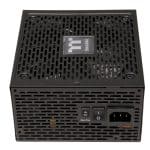
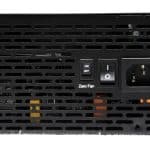


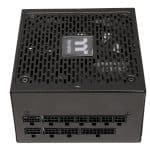

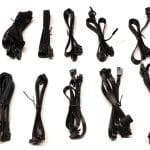
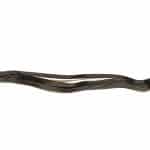
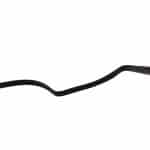
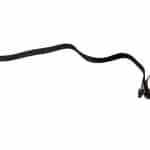
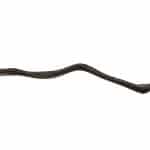
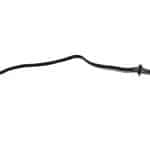
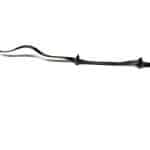
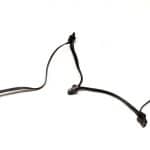
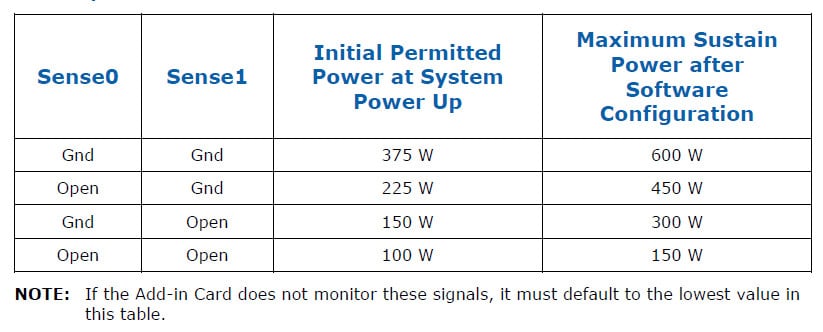
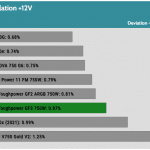
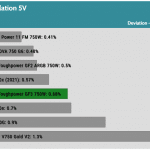
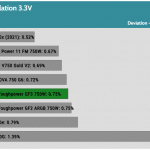
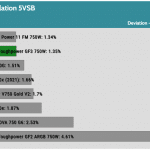
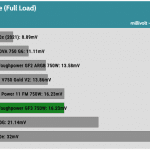
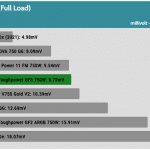
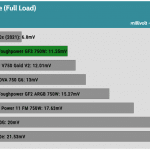
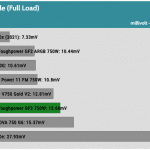


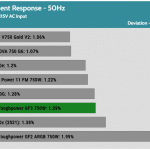
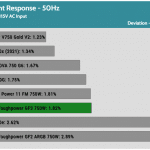
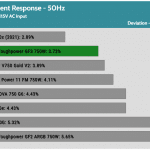
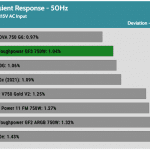
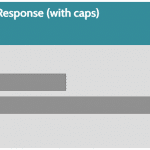
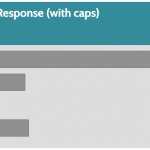
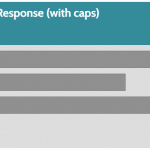
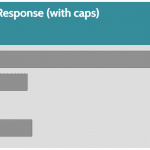


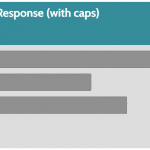
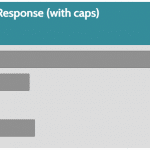

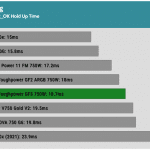
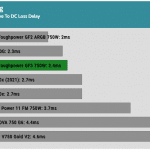
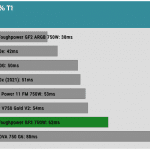

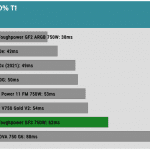
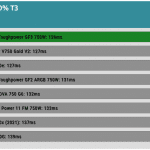

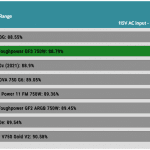
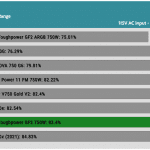
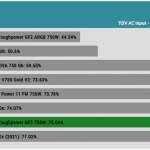

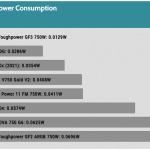
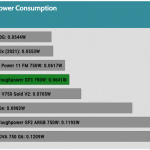


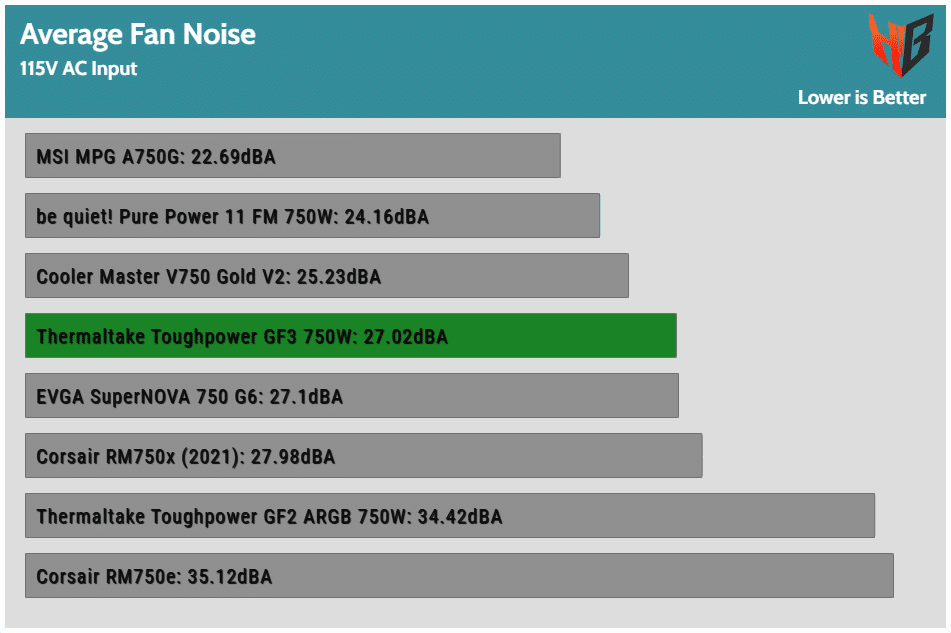
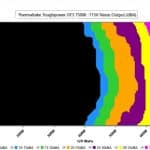
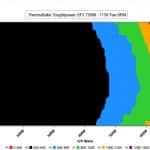

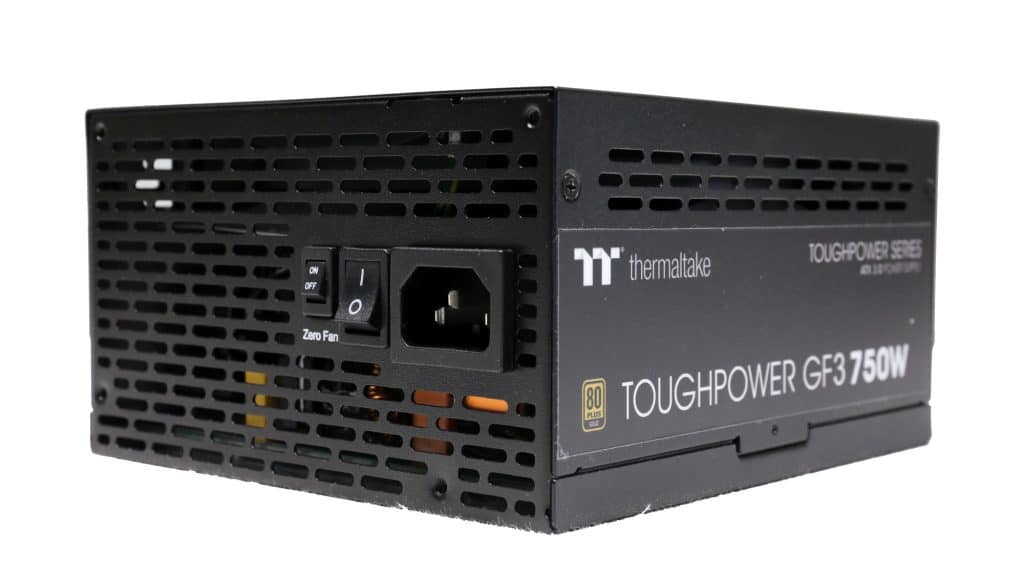

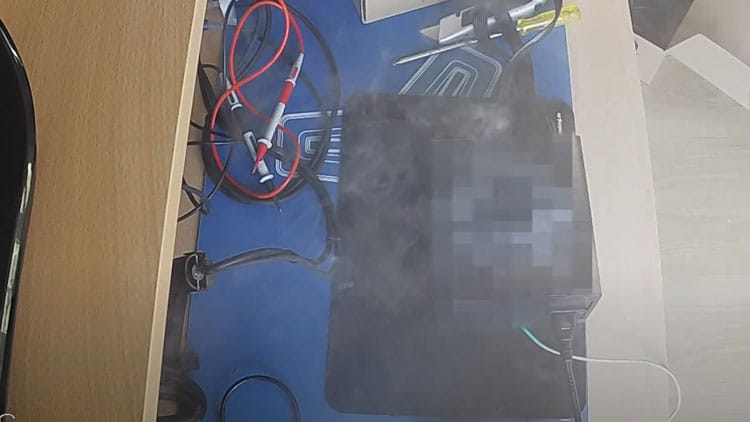
Surprisungly enough this one (and as far as I can see all the GF3 ones are the same, regardless of power) has just 2 PCIe cables. Thermaltake explicitly states one should use a separate cable for one PCIe connector, but there is no way to order additional cable on their website. My 6800 XT has 3 connectors,,, Is it OK to use 2 cables for 3 connections then? Or can I use 3rd party cables?
You won’t have a problem, although having 3x dedicated PCIe would be ideal.
Why is this even needed if 6800 XT has a TDP of 300W? 75 + 150 + 150 = 375W from the PCIE slot and 2 8-pin connectors… Seems like those TT cables are impossible to get anywhere… Just the whole sleeved sets.
I guess this should be mentioned as a disadvantage in the review. 3x 8-pin cards are not that uncommon, TT should provide 3 cables in the box.
Can I use the Thermaltake Toughpower GF3 750W with a 4070 ti and ryzen 7700 cpu, or it will be too risky?
I think it will be ok, because your CPU isn’t energy hungry.
The 4080 won’t even power up with a 300w rated 12vhpwr Cable/PSU. It requires at least a 450w 12vhpwr connection, either natively or through 3x8pins and adapter. Even though it should hardly ever exceed 300w of power draw.
CONS : The 12VHPWR connector allows for up to 600W, which is too much for this PSU.
I don’t understand that.
Is it too much regarding its total capacity ( as you said , if you combine it with other power-hungry components such as a CPU it will exceed the wattage output of the PSU ) or is it too much for the tolerances of the 12VHPWR cable itself ?
Could these 300W cables be a reason for seeing those RTX4090 melted cables pictures that everyone is talking about ?
–Specifically , let’s say we have an overall very low-power consumption system and add an RTX4090 with these 12VHPWR cables. Do we have any worries about the endurance of this cable itself ?
The problem looks to be at the connector. A 300W cable wouldn’t let the card go above that, so it would be safe. The cable is ok, but the various adapters are not, as it seems.
It will take some time till the production of these adapters mature I guess, till all people move to ATX v3.0 PSUs.
GF3 1650W *
Hello,
Nice review !
I got a question :
I just buy the Toughpower GF3, I hope it will be a good unit in your review !
It cames with 2 x 12vhpwr cables labelled 600w each and with the 4 sense pins.
Does the power supply really allow 1200w sustained on this two connectors ? I buy this one for this use case.
Thanks for the reply !
I replied to YT but let me put it here, too. It could yes, as long as the CPU doesn’t ask for extreme power levels.